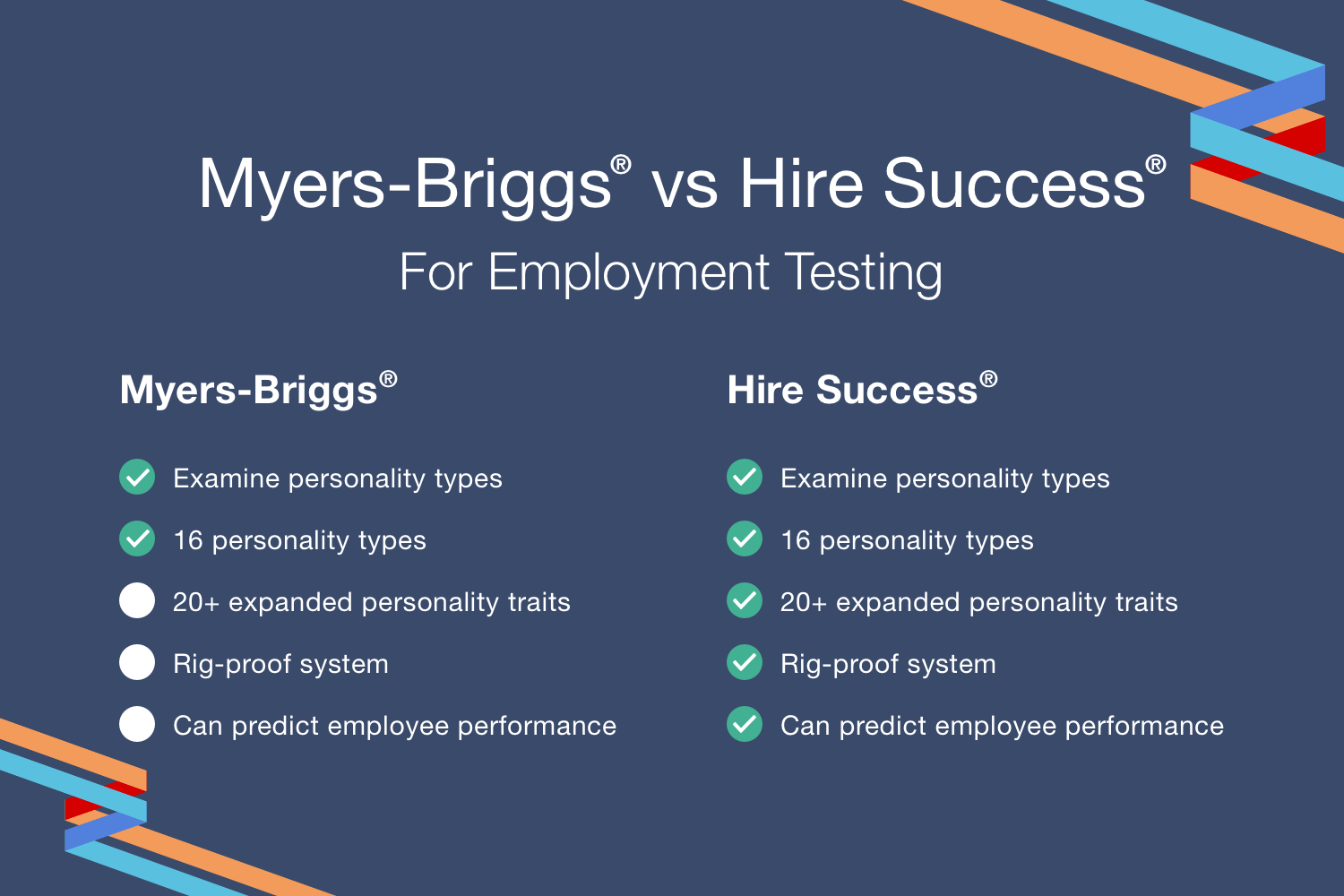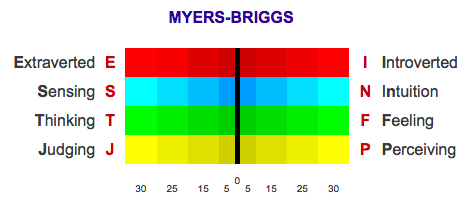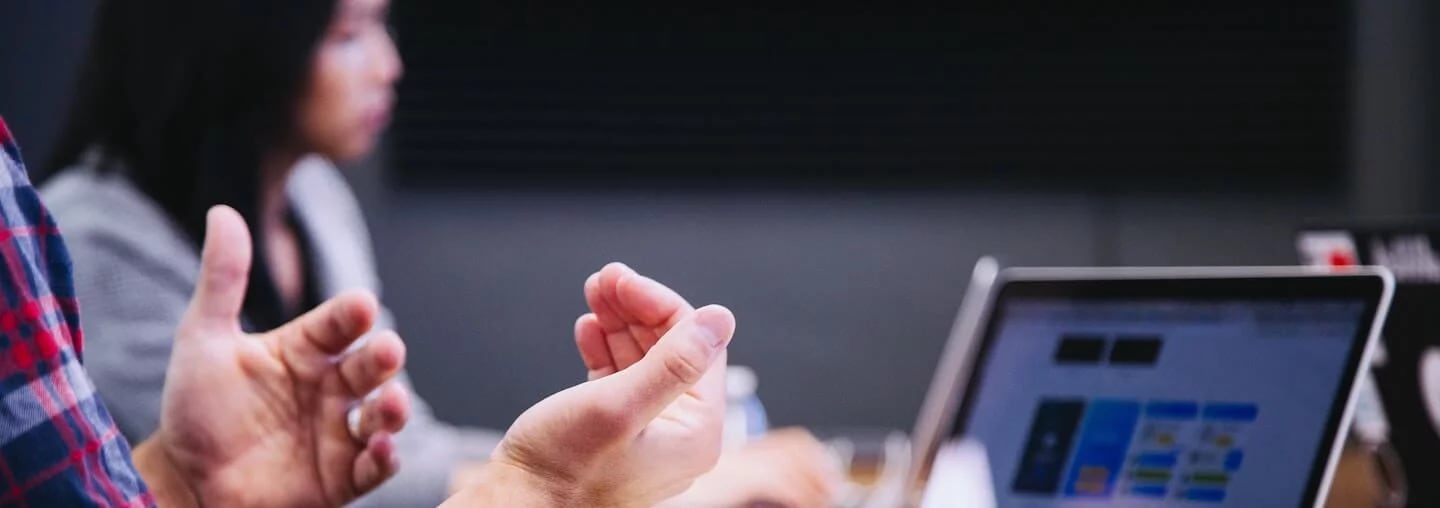Many hiring managers are familiar with the Myers-Briggs® Type Indicator (MBTI) — a self-report questionnaire designed to indicate psychological preferences in how people perceive the world and make decisions.
The MTBI is highly useful for professional and organizational development, and it can also be used successfully for team-building and managing conflict. However, a number of companies use the Myers-Briggs® type indicator as a pre-employment testing tool – and they shouldn’t. Let’s take a look at why not.
Note: This information is presented to assist those familiar with the Myers-Briggs® personality indicator to compare the common personality types with those used in the Hire Success® Employment Testing System. Hire Success® was designed as a pre-employment testing tool and is NOT a psychological test like Myers-Briggs®.
Does testing with the MBTI help select better employees?
In short, no. Unlike the Hire Success® pre-employment system, the MBTI assessment tool was not designed to be used exclusively for pre-employment testing and should NOT be used for employee selection for the following reasons: Using Myers-Briggs® in a job interview will not yield the best results, because:
The MBTI produces inaccurate assumptions of a candidate’s job performance
The MBTI tool can identify people who may like doing a particular kind of work, but not how well they might do that work. It does not identify the skills or abilities that predict success at any job.
Instead of using the Myers-Briggs® test for employment screening, then, if you’re looking for a particular skill set, it’s a better idea to give job candidates an aptitude test. For instance, you could test their skills in Microsoft Office software, English grammar, math, accounting, etc.
It’s easy for potential candidates to manipulate the Myers-Briggs® test
The questions on the MBTI instrument are transparent — respondents can choose answers to indicate the type that appears most desirable for the job. If an applicant thinks you’re looking for particular characteristics, he or she can choose answers that match a certain type. Any candidate who really wants the job – or a chance for an interview – can skew responses based on the list of traits you put in your job posting.

If you’re using the Myers-Briggs® test for employment, your business endangers its credibility with prospective and current employees who are aware that use of the tool for pre-employment selection is inappropriate.
So why give Myers-Briggs® criticism if Hire Success® does pre-employment tests, too? Both the Myers-Briggs® and Hire Success® are tools to examine personality traits, but there are many differences between the two. Let’s take a look at their similarities and differences.
The Myers-Briggs® Scale
First, let’s look at the Myers-Briggs® scale, which was created by Katharine Cook Briggs and Isabel Briggs Myers and is based on the typological theory proposed by Carl Jung:

With the MBTI tool, each applicant is measured in each of the four scales seen above. As their traits (or preferences) move toward one side or another, the corresponding letter represents part of that personality type. For example, a personality that’s considered an “ENFJ” would be “Extraverted-Intuition-Feeling-Judging,” and the opposite personality would be “ISTP,” or “Introverted-Sensing-Thinking-Perceiving.”
With all possible combinations of these four scales, there are a total of 16 possible personality types.
Myers and Briggs described the four scales as dichotomies and suggested that individuals would have a preferred style in each. The sum of an individual’s four preferences, then, would represent their personality type and would create predictable patterns in thought and behavior.
They then speculated that people with the same four preferences would have similarities in their behaviors, choices, hobbies and in the work that would best suit their personality types.
An Alternative to Myers-Briggs®: The Hire Success® Model
Many other personality tests — including the Hire Success® model — are based at least in some part on Hippocrates’ theory of four basic or “classical” personality types. Hippocrates’ theory dates back several thousand years but is still a good foundation for determining personality types and predicting human behaviors.
Hippocrates called the four types:
- Choleric (Yellow Bile)
- Phlegmatic (Phlegm)
- Melancholic (Black Bile)
- Sanguine (Blood)
Let’s face it — these aren’t the kind of descriptions most people would want today (!), so for the sake of simplicity, Hire Success® just calls these four basic types “A,” “B,” “C” and “D.”
Say goodbye to guesswork, hire with confidence
Try our platform for free and get unbiased, data-driven insights into candidates' personal qualities and abilities.
Book a Demo Try It FreeHow the Hire Success® Model Works
The Hire Success® Personality Profile Test, as an alternative to Myers-Briggs®, is almost like two personality tests in one. First, Hire Success® looks at the four basic personality types and evaluates the strength of each one. Then, the Personality Profile Test evaluates 20 different trait scales independently.
For each person, if one trait scale stands out from the rest, the individual is generally very much like that “classical” Hippocrates model. However, Hire Success® also evaluates the influence of the secondary personality type (the “second-strongest” type).
For example, a strong “A” type is the “classical” choleric type. But if there’s a strong secondary type, such as “B”, then the person would be evaluated as an “A/B” personality, where the “A” represents the primary type and the “B” represents the secondary type.
With all possible combinations of the four basic types, we get a total of 16 possible types (A, A/B, A/C, A/D, B, B/A, B/C, B/D, etc.).
Let’s look at the ABCD Model:

In the above example, each quadrant is shaded a slightly different color to represent the “A” group, “B” group, etc.
We can generally equate these to the Myers-Briggs® Types as follows:

When applicants take the test, Hire Success® illustrates the strength of each of the four basic personality types both numerically and as a bar chart in the Personality Profile Summary Report.

The bar chart makes it very easy for you, as the interviewer, to see the relationships between the four basic types and see which is the primary and which is the secondary personality. If the two bars are relatively close to each other, you can expect a stronger influence from the secondary type, and sometimes even the tertiary (third-strongest) type. These relationships are displayed both graphically and in text at the top in the Hire Success® Personality Profile report. The first section of the report describes the “classical” or primary personality type. The second section describes the personality further and considers the influence of the secondary type, and if applicable, the third type for even finer detail.
Why Hire Success’® Model Transcends the Myers-Briggs® Test for Employment
Unlike the MBTI tool, Hire Success® doesn’t stop with four personality types or the 16 variations. The second part of the Personality Profile Test evaluates 20 different trait scales independently.
When Hire Success® evaluates each of the 20 trait scales, there’s no consideration made based on the evaluation of the basic personality types. This allows us to pick up on unique traits that would not normally be expected or “predicted” by the 16-type model, which is why Hire Success® is a great alternative to Myers-Briggs®.
For example, people with the traditional “A” personality type are often not very detail-oriented, preferring to delegate the details to someone else. That’s not to say details aren’t important to them — they are, but these people usually prefer to have someone else they trust do the detail work and report back with the “bottom line.”
However, “A” personalities are also very entrepreneurial by nature. If someone with an “A”-type personality has been running a small business with few staff, they may not have been able to delegate the details to someone else. They may have learned to be detail-oriented.
A “classical” personality evaluation might pick up the very strong “entrepreneurial” nature and correctly see them as an “A,” but report them as not being detail-oriented when in fact, this individual may be really good with details.
This is why Hire Success® uses both scales and one reason why there is criticism for Myers-Briggs® use when it comes to pre-employment testing. Unlike so many tests on the market, the Hire Success® Personality Profile provides a more three-dimensional view of each individual. We believe this adds to the accuracy of the test, while our 100 adjective approach makes test administration simple.
The Hire Success® model also offers three reports based on an applicant’s test results, including:
- A one-page Summary Report with a compilation of all test data
- A detailed, 5- to 6-page Overview Report with a complete description of the individual's personality based on their answers, as well as how the personality may be influenced by secondary and other personality strengths, and
- A Sample Interview Questions Report based on the applicant’s test results with suggested questions for the interviewer(s) and explanations on why questions are recommended.
We believe that this model, in addition to providing more accurate personality data on candidates, does a better job of assisting hiring managers in choosing employees that meet the needs of each role in an organization.
Recent Articles
Read the latest employment resources from Hire Success

Hiring Process Timeline: A 6-Week Guide
A well-structured hiring process is a powerful tool for attracting and bringing on the best talent. The market for good employees is competitive. Having a clear hiring timeline and defined steps in the professional candidate experience lowers the risk of losing qualified people to faster-moving competitors. At the same time, you can lower recruiting costs, shorten the time to fill positions, and make better hiring decisions.
Kelly Cantwell

Understanding Dominant Personalities at Work
You are hiring for a pivotal leadership role. One candidate grabs your attention. They have what you’re looking for: confidence, ambition, and the assertive style of a go-getter and a winner. A thought lingers, though — will they work well with your team? Will they pair disruption with empowerment?
Kelly Cantwell

Structured vs. Unstructured Interviews: What Are the Differences?
Structured interviews and unstructured interviews are two styles of conversations with potential employees that help you choose the best person for a given role. Each style has pros and cons, but which works better for finding the right person more quickly?
Kelly Cantwell
Get our stories delivered
From us to your inbox weekly.